Top Things to Know Before Buying an Indoor Hydroponic Garden
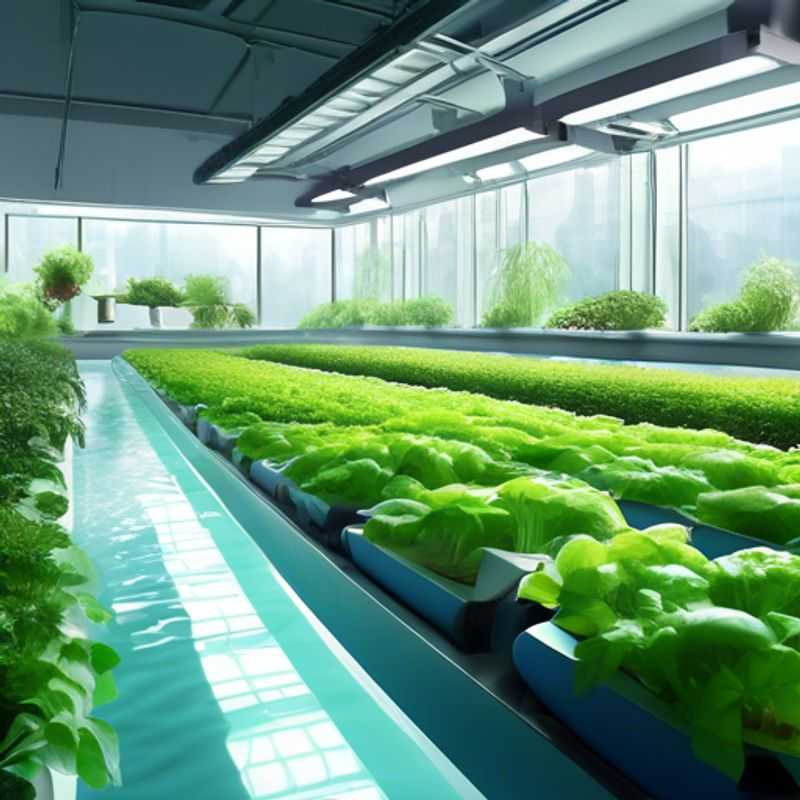
Top Things to Know Before Buying an Indoor Hydroponic Garden
Bringing a lush, green oasis indoors is a fulfilling experience, and hydroponic gardening provides a fantastic way to achieve it.
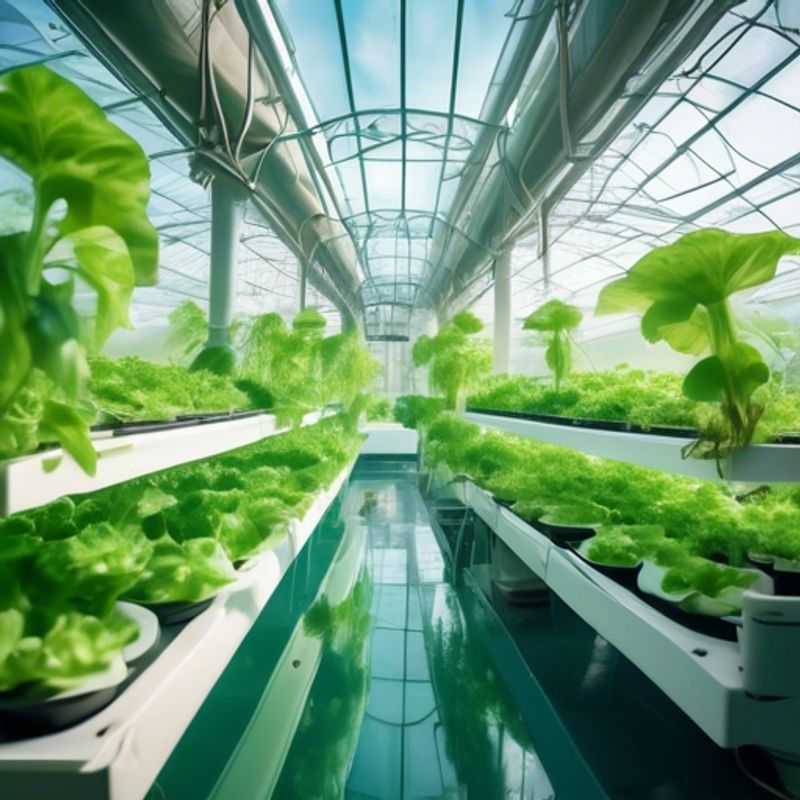
Understanding Lighting Requirements for Your Hydroponic System
When setting up a hydroponic system, understanding the lighting requirements is crucial for the health and growth of your plants. The type and intensity of lighting can greatly impact the success of your hydroponic setup. Here are some key considerations to keep in mind:
First and foremost, choose the right light source for your specific hydroponic system. Different plants have varying light requirements, so it's essential to research the needs of the crops you plan to grow. Common options include LED, fluorescent, or high-intensity discharge (HID) lights, each with their own advantages and disadvantages.
Next, determine the appropriate light intensity for your plants. Too little light can lead to stunted growth, while too much can cause damage. Consult reliable sources or seek advice from experienced hydroponic growers to ensure you provide the optimal light levels for your setup.
Additionally, consider the light spectrum and how it affects plant growth. Different wavelengths of light are crucial for various stages of plant development, such as vegetative growth and flowering. Choosing a light source that emits the appropriate spectrum can greatly enhance the productivity and quality of your hydroponic crops.
Finally, factor in the lighting schedule for your hydroponic system. Most plants require a specific number of hours of light per day, and the timing of this light exposure can significantly impact their growth and development. Carefully plan and monitor the lighting schedule to ensure your plants receive the necessary light exposure.
By understanding and addressing the lighting requirements for your chosen hydroponic system, you can create an environment that supports the healthy growth and thriving of your plants, leading to a successful and sustainable hydroponic operation.
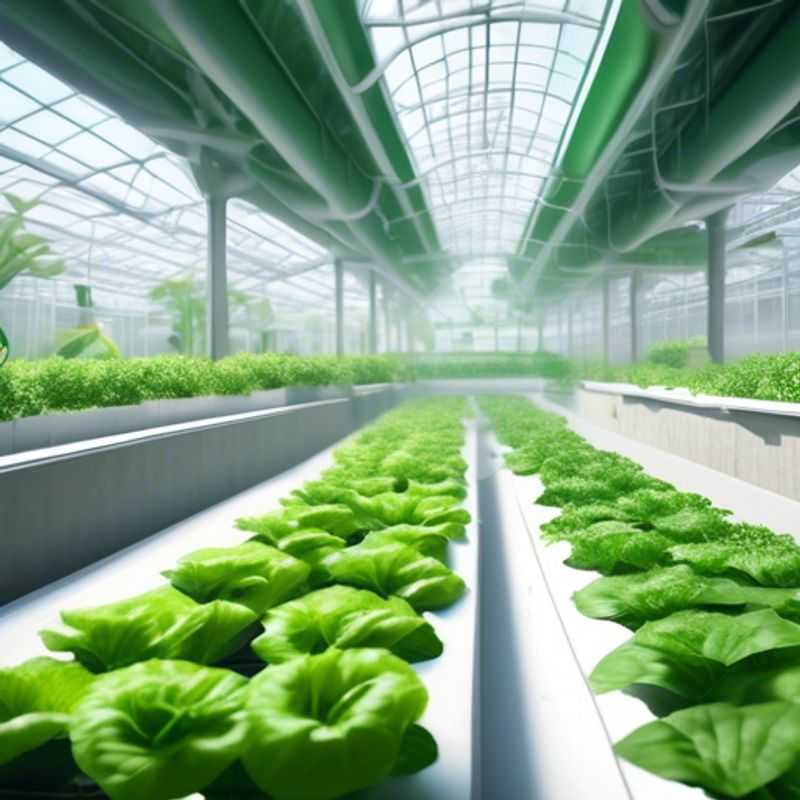
Hydroponic Nirvana: Crafting the Perfect Water and Nutrient Solution for Your Plants
Finding the perfect water and nutrient solution for your plants is crucial for their health and growth. This involves researching the specific needs of each plant and tailoring the solution accordingly.
Start by identifying the plant's natural habitat. This provides insights into its preferred water and nutrient requirements. For example, succulents thrive in dry, sandy environments and require less water than tropical plants that prefer humid climates.
Next, consider the plant's growth stage. Young seedlings need more frequent watering and lighter nutrient solutions compared to mature plants that require less frequent watering but heavier nutrient solutions for robust growth.
Understanding the pH level of your water and soil is crucial. Most plants thrive in a slightly acidic pH range (6.0-7.0), but some require specific ranges. You can adjust the pH of your water with readily available solutions.
Nutrient solutions come in various forms, including organic and synthetic fertilizers. Organic fertilizers are derived from natural sources, like compost or manure, while synthetic fertilizers contain specific ratios of macronutrients (Nitrogen, Phosphorus, and Potassium). The ideal nutrient solution depends on the specific plant and its needs.
You can test the nutrient levels in your water and soil using DIY kits or professional lab analysis. These tests provide insights into the plant's nutrient availability and any deficiencies. This information helps you customize the nutrient solution to address specific needs.
Remember, over-fertilizing can be harmful. Following the recommended dosage is crucial to prevent nutrient buildup and potential damage to the plant.
Don't be afraid to experiment and observe your plants. Adjusting your watering and nutrient solution based on their response can lead to optimal growth and overall health.
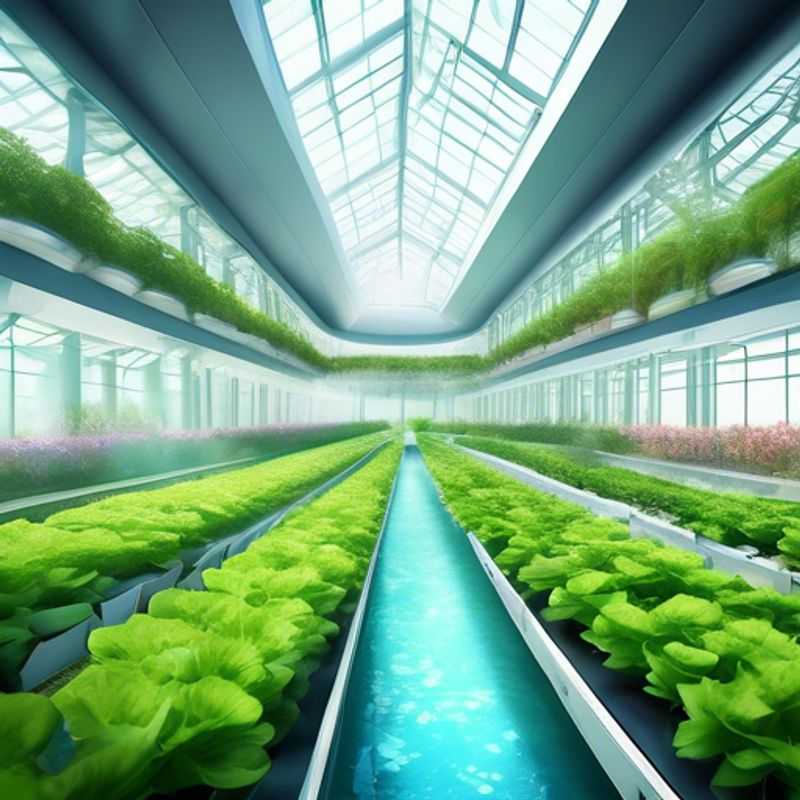
Garden Planning: Ensuring Space and Stability for Success
Ensuring you have adequate space and a stable environment for your garden is crucial for its success. Start by considering the amount of sunlight your garden will receive. Most plants thrive with at least six hours of sunlight daily. Also, assess your soil quality. A soil test can identify deficiencies and help you amend the soil with the right nutrients. Don't forget about wind. Wind can damage plants and dry out soil. Consider using windbreaks or strategically planting to protect your garden. Finally, remember that water access is essential. Ensure you have a reliable water source for your garden.
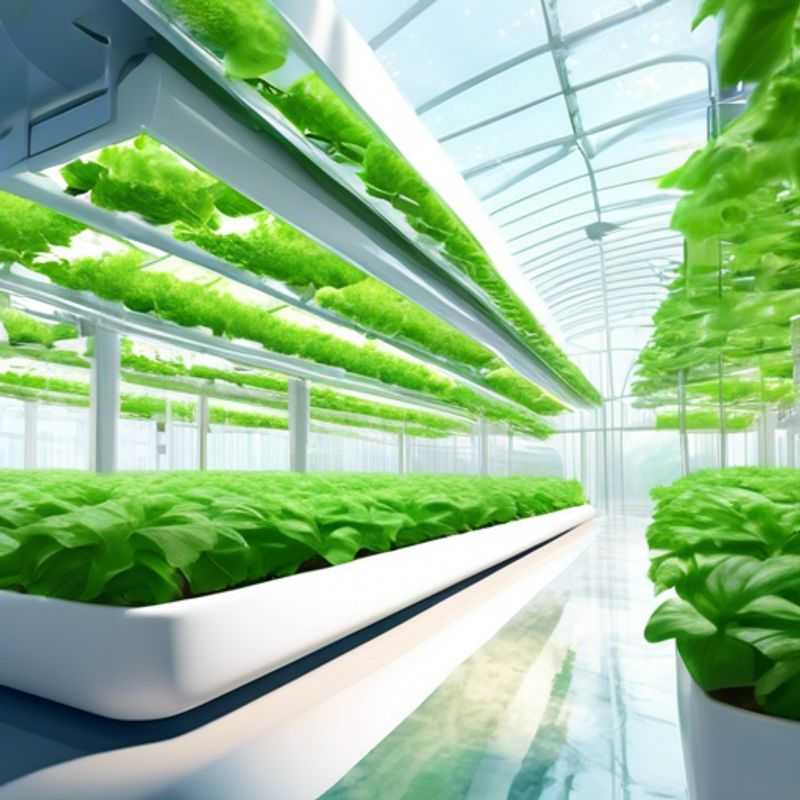
Hydroponic Growing Methods: Choosing the Right System for Your Needs
Hydroponics is a method of growing plants without soil, using a nutrient-rich water solution. It's great for urban gardening, maximizing space, and controlling growing conditions. But with different hydroponic systems, choosing the right one is crucial. Here's a quick guide to help you choose the best one for your needs:
1. Wick System: Simplest and most affordable. A wick draws water up to the plants. Good for beginners but only suitable for small plants as it can't provide enough nutrients for larger plants.
2. Deep Water Culture (DWC): Plants are suspended in a nutrient-rich water solution. Easy to maintain and provides excellent results. Can be more challenging to set up and requires more water than other methods.
3. Ebb and Flow: A timer-controlled system floods the root zone with nutrient solution and then drains it, allowing air circulation. Provides good oxygenation and can support larger plants. More complex and expensive than wick systems.
4. Drip System: Nutrient solution is delivered directly to the roots through a drip line. This method is very efficient, providing precise nutrient delivery and minimal water waste. It can be more expensive and requires a bit more setup than other methods.
5. Aeroponics: Plants' roots hang in the air and are misted with nutrient solution. This provides excellent oxygenation and promotes faster growth but is the most expensive and complex to set up.
Choosing the right system depends on your space, budget, and experience level. For beginners, wick or deep water culture systems are good choices. For larger plants and greater control, drip or ebb and flow systems might be better. If you're looking for maximum speed and yields, aeroponics offers the best results but requires the highest investment.
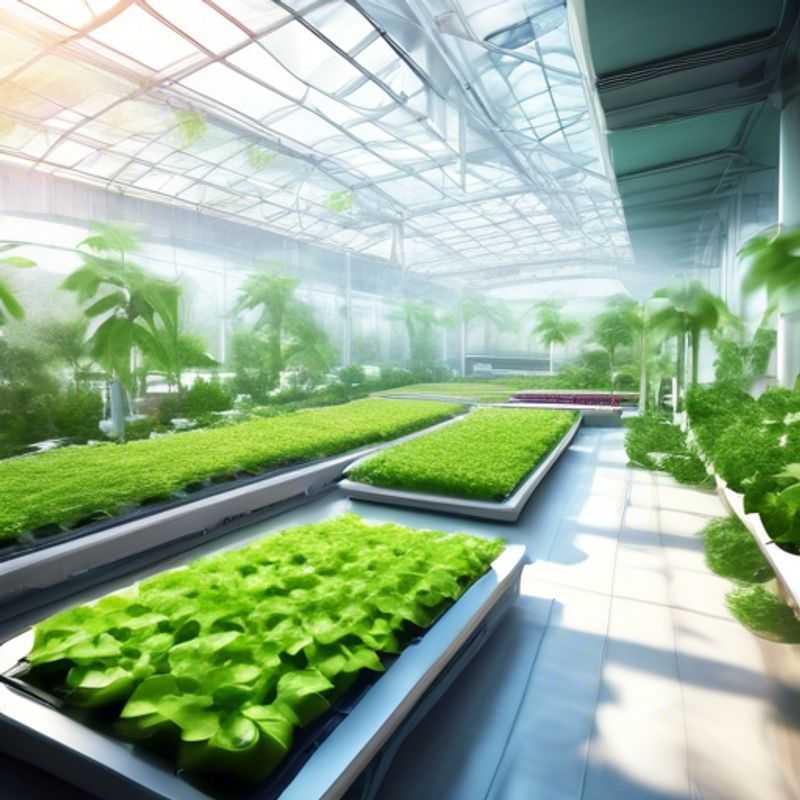
Mastering Maintenance and Monitoring for Long-Term Success
Effective maintenance and monitoring are crucial for ensuring the success of any product. This involves establishing a systematic approach to prevent issues, identify potential problems early, and optimize performance. Here's a concise guide to help you get started:
1. Establish a Maintenance Schedule: Regular maintenance is essential. This involves tasks like cleaning, lubrication, and inspections, depending on the product. Develop a schedule that aligns with the product's usage and potential wear and tear. For example, a weekly cleaning routine for a frequently used machine can help prevent dust buildup and ensure optimal performance.
2. Implement Monitoring Systems: Real-time monitoring helps identify potential issues before they escalate into major problems. Consider using sensors, data loggers, or software to track key parameters like temperature, pressure, or vibration. These insights can help you predict maintenance needs and avoid costly downtime.
3. Record Maintenance Activities: Maintaining accurate records is essential for tracking maintenance history, identifying trends, and planning future activities. Document every maintenance task, including dates, details of work performed, and any parts replaced.
4. Analyze Data and Optimize: Regularly analyze monitoring data and maintenance records to identify areas for improvement. For example, if you notice a recurring issue with a specific component, you might need to adjust your maintenance schedule or consider replacing the component. This data-driven approach helps optimize performance and extend product lifespan.
5. Train Staff: Ensure your staff is well-trained in operating, maintaining, and troubleshooting the product. This minimizes the risk of user errors and ensures proper maintenance practices. This investment in training can yield significant returns by preventing costly mistakes and downtime.
6. Consider Outsourcing: If you lack the expertise or resources for in-house maintenance, consider outsourcing these services. This allows you to focus on your core business while leveraging the expertise of specialists. This approach can be cost-effective, especially for specialized equipment or complex systems.
Remember, prioritizing maintenance and monitoring translates into a longer-lasting product, reduced operational costs, enhanced safety, and improved overall efficiency. This approach ensures a sustainable future for your product and your business.
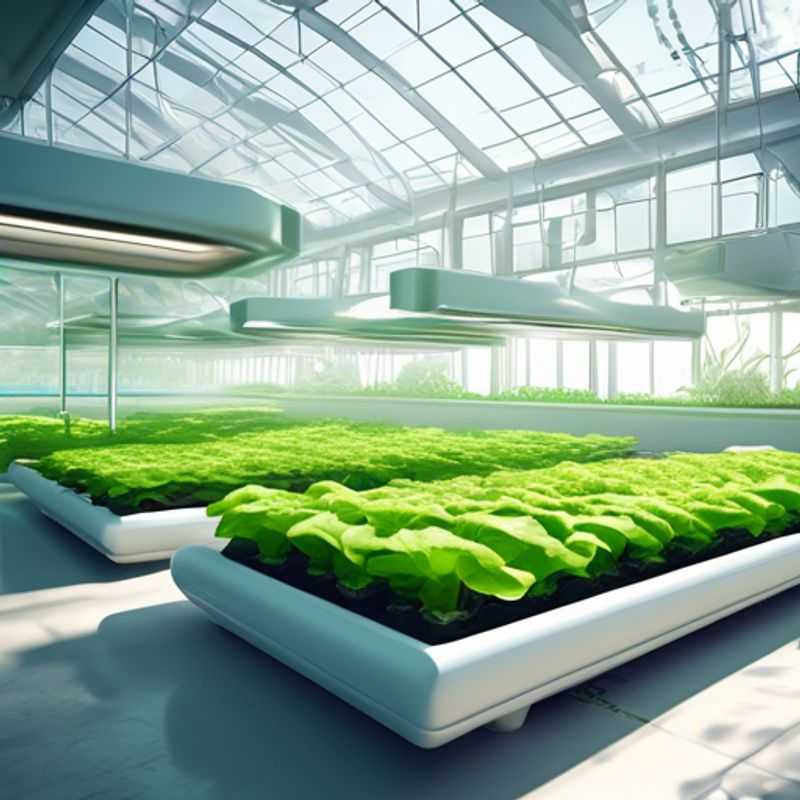
Energy Efficiency: Understanding Consumption and Costs
Understanding the energy consumption and costs associated with running a system is crucial for sustainable and economical operation. Here's a quick guide to help you assess those factors:
1. Identify Your System's Components: Start by listing all the components that consume power, including servers, network devices, cooling systems, and lighting.
2. Determine Power Consumption: Each component will have a power rating (usually measured in watts). You can find this information in the product documentation or on energy labels.
3. Estimate Usage: Consider how many hours each component operates daily or weekly. This will vary depending on the system's workload and schedule.
4. Calculate Energy Consumption: Multiply the power rating of each component by its daily or weekly usage to determine its energy consumption in kilowatt-hours (kWh).
5. Factor in Cooling: Data centers and servers require cooling, which can significantly add to energy consumption. Consider the power consumption of your cooling system and its efficiency.
6. Determine Energy Costs: Check your electricity provider's rates to calculate the cost per kWh. Multiply the total kWh consumption by your electricity rate to determine your energy costs.
7. Analyze Efficiency: Look for ways to improve energy efficiency. This could involve using energy-efficient components, optimizing server workloads, and implementing virtualization.
8. Consider Renewable Energy: Explore the option of using renewable energy sources, such as solar or wind power, to reduce your carbon footprint and potentially lower your energy costs.
9. Utilize Energy Management Tools: There are software tools available to monitor energy consumption and identify areas for optimization.
By taking these steps, you can gain a clear understanding of your system's energy consumption and costs, enabling you to make informed decisions about efficiency, sustainability, and cost savings.
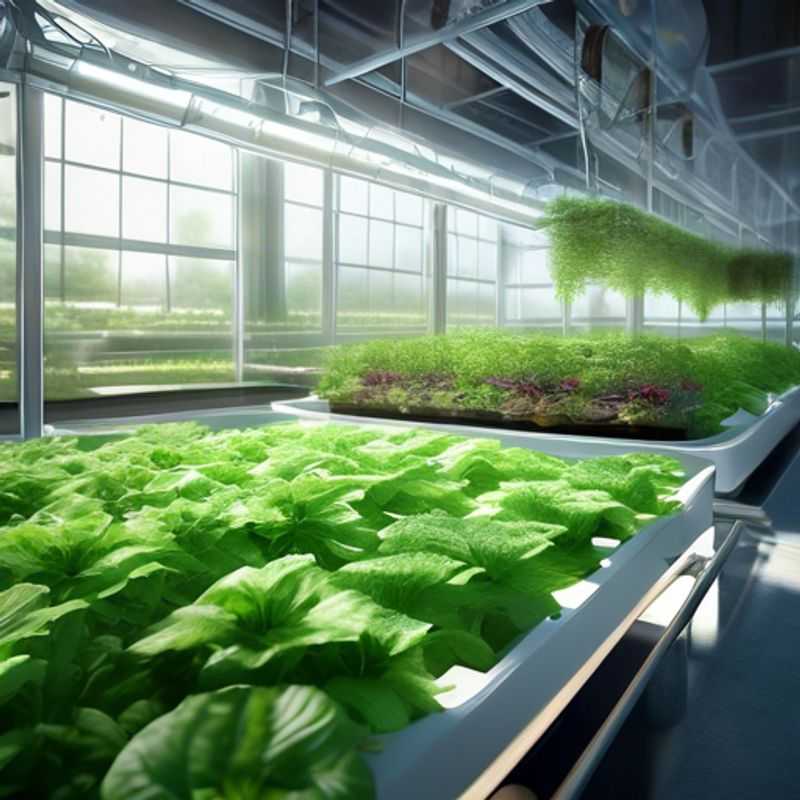
Choosing the Right Plants: Compatibility and Planning for Success
Deciding on the types of plants you want to grow is crucial for a successful and productive garden. Consider your growing zone, sunlight exposure, and soil type when selecting plants. Research each plant's specific needs, such as water requirements, nutrient needs, and pest susceptibility.
It's important to ensure that the plants you choose are compatible. This means considering their growth habits, root systems, and potential for competition. For example, planting a vine that needs to climb near a tree might not be ideal, as they could compete for resources.
To ensure compatibility, research the spacing requirements and growth habits of your chosen plants. This will help you determine the best arrangement for your garden. Consider using companion planting techniques, where certain plants benefit from each other's presence.
Additionally, consider the overall design of your garden. Aim for a variety of textures, colors, and heights to create a visually appealing and thriving space. Research online databases or consult local gardening experts for guidance on compatible plant combinations.
